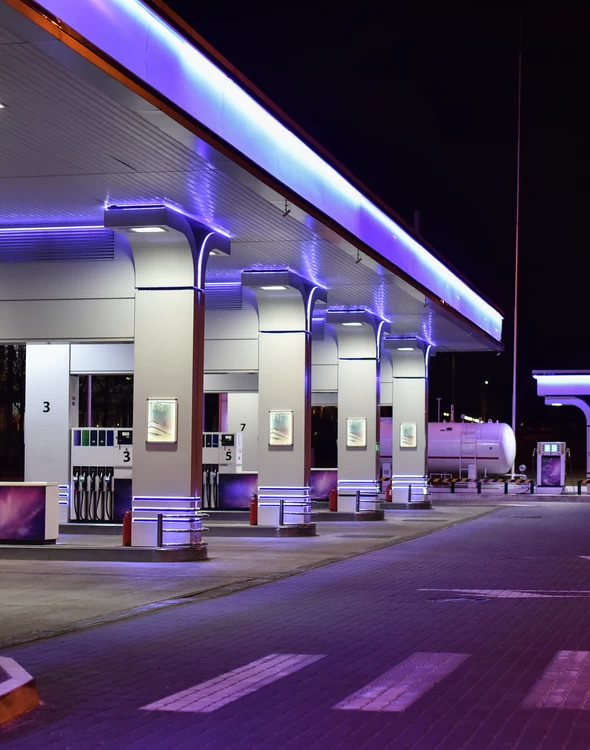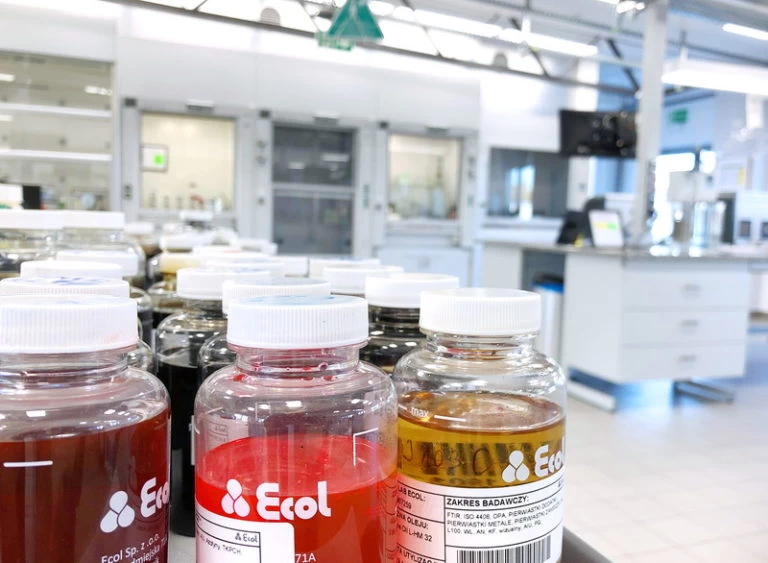- The presence of acids in the fuel can lead to internal corrosion of the fuel system. Acids can react with metal surfaces in tanks, pipes or engine components, leading to corrosion, deposits and damage. They can also affect the performance and durability of injection components and lambda probes in internal combustion engines.
- Tar compounds are high-molecular-weight organic substances that are found in unprocessed or low-quality fuel. They can form deposits and carbon deposits on fuel supply system components such as fuel filters, injectors and valves. This, in turn, can lead to increased resistance to fuel flow, a decrease in engine performance and even damage to some components.
Asphaltenes are organic compounds found in fuel that tend to form compact deposits. They can deposit on fuel system components such as injectors and filter elements, impeding the free flow of fuel. Asphaltene deposits can also adversely affect the combustion process, causing increased emissions and reduced engine performance.
Removal of water from fuel
We perform the service of removing water from fuel and purifying liquid fuels (diesel and heating oil), through the use of mobile centrifugal separators. The solution is designed for owners of fuel stations and liquid fuel distribution infrastructure facilities.
fuel pollutants
harmful effects of pollutants on fuels
In the process of storage, transportation and distribution, liquid fuels can become contaminated with water, solid admixtures and microorganisms.
The presence of water reduces the calorific value of the fuel, promotes the growth of yeast, bacteria or fungi, causes corrosion of tanks and also clogs fuel purification filters.
Solid contaminants, which are mostly metals resulting from the corrosion process, are catalysts for oxidation, during which acids, tarry compounds and asphaltenes are formed.


industrial fuel purification
operating principle of the centrifugal separator
The centrifuge module is built with a centrifugal separator, a dosing pump and a sludge pump, connected to a control system. The entire process takes place in a closed system.
Contaminated fuel is pumped into the centrifuge drum, which rotates at high speed. Under the influence of centrifugal force, solid particles are pushed toward the walls of the drum and directed to the sludge tank. In turn, liquid impurities – water – separate from the fuel due to density differences. The resulting light and heavy phases are separately discharged from the system.
A device with a capacity of about 120 l/min separates the impurities by pumping the purified fuel back into the tank. During the process, control measurements of the fuel’s water content are taken until the expected results are achieved.
application of the service
removal of water from fuel – application
service stations, gas stations
fuel depots
fuel wholesalers
other facilities of liquid fuel distribution infrastructure

fuel diagnostics
fuel quality control in the Ecol laboratory
A complementary activity to the centrifugation process is the control of fuel parameters. Both before and beyond the end of the service, it is recommended to perform fuel quality tests in an accredited laboratory.
In turn, ongoing monitoring of the state of the fuel is a good practice – it allows you to detect quality problems at an early stage and take steps to prevent deterioration of liquid parameters.
contact
Do you have questions about fuel purification and filtration?
Ask them to our specialist:
Andrzej Jarzębiński
- Sales Specialist
- tel.: 696433942
- tel.: 327391659
- andrzej.jarzebinski@ecol.com.pl